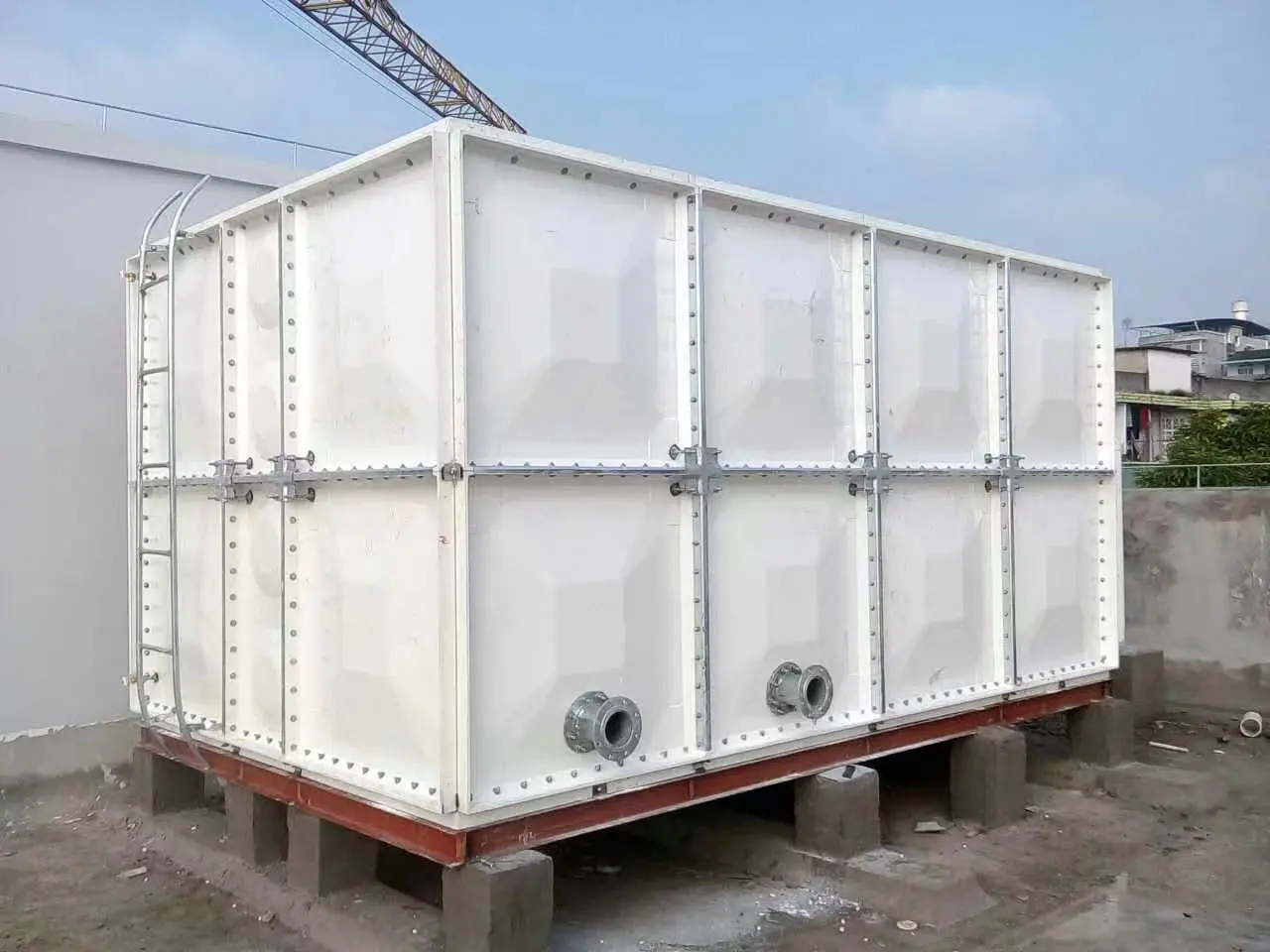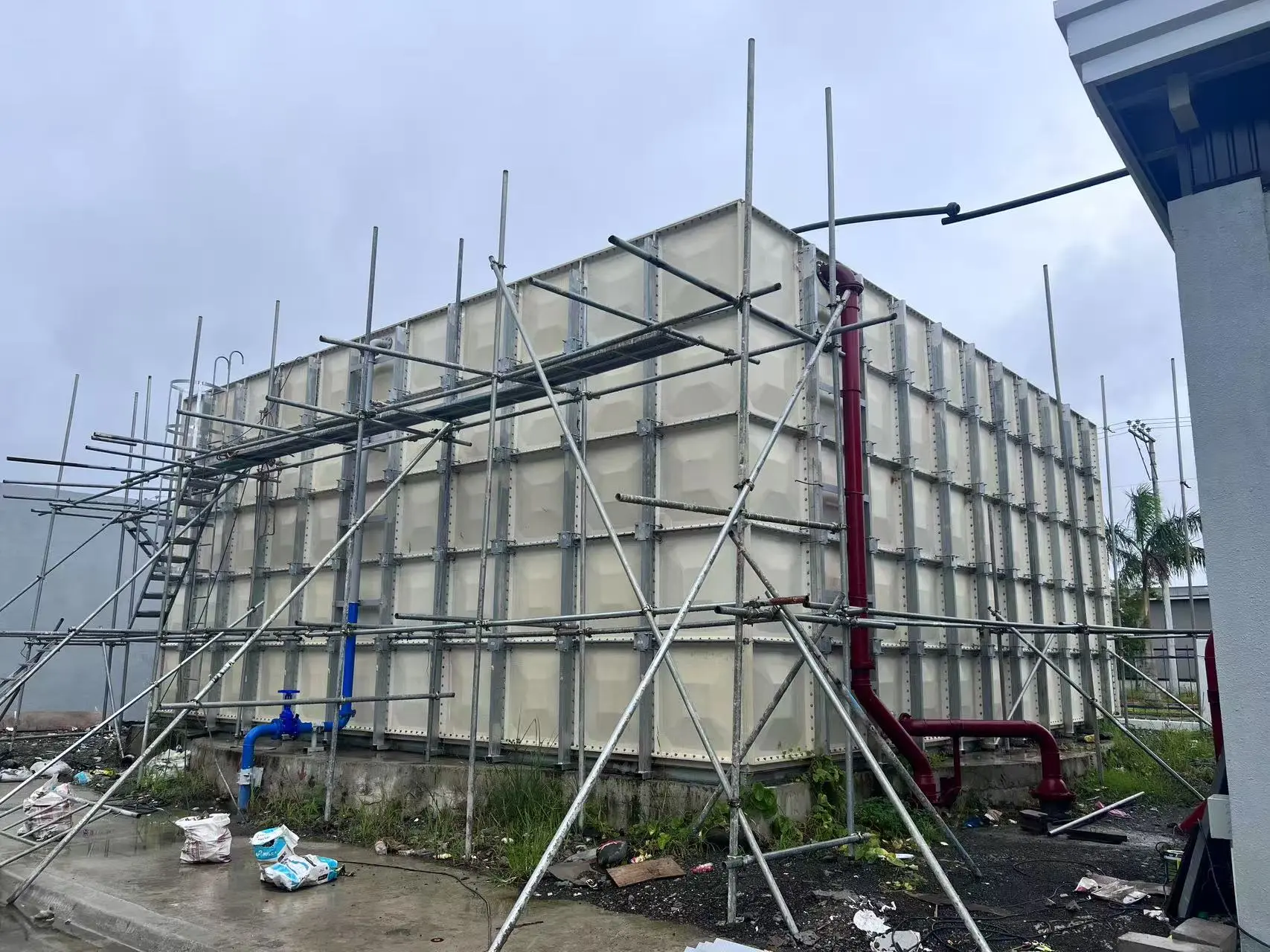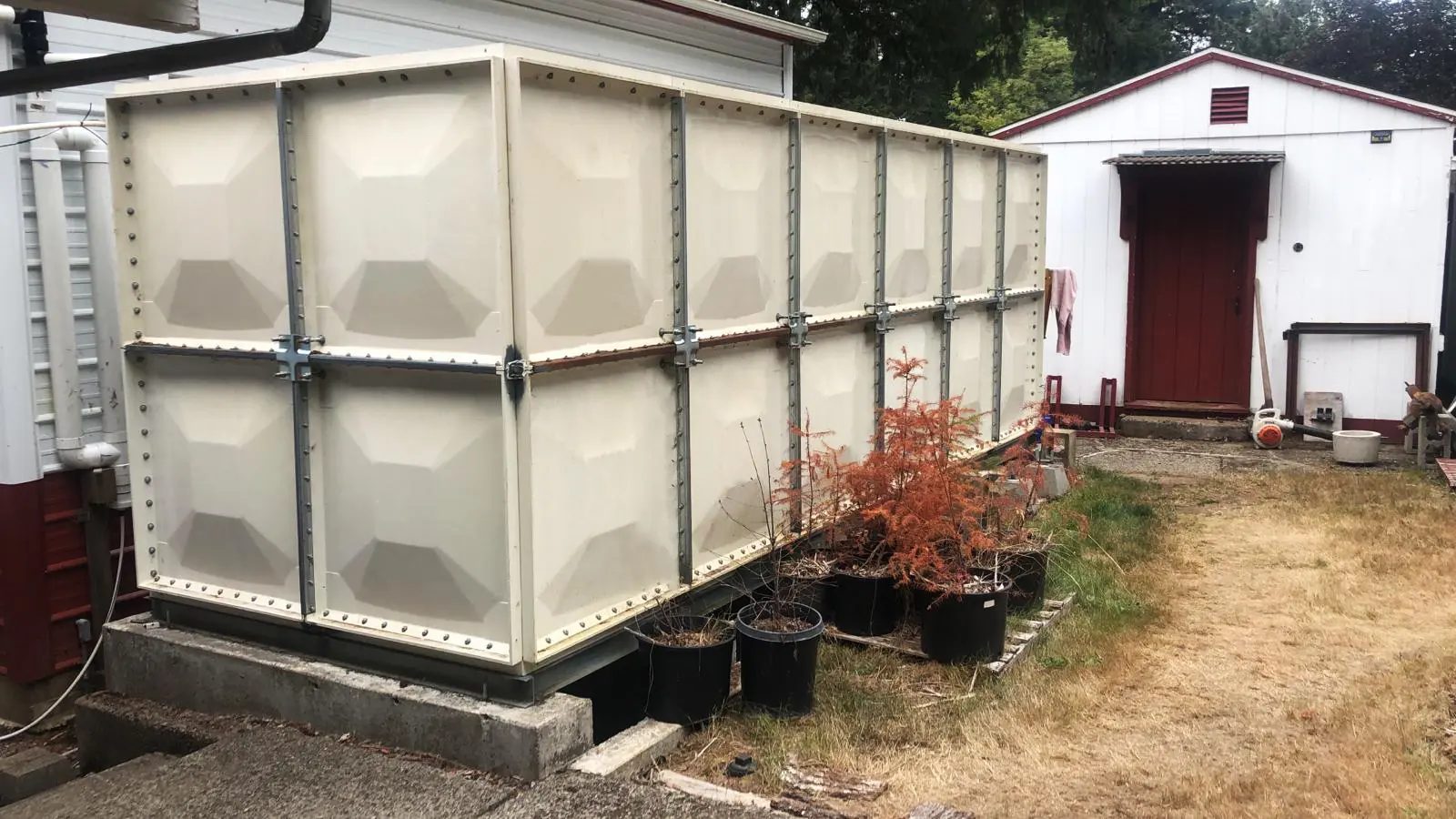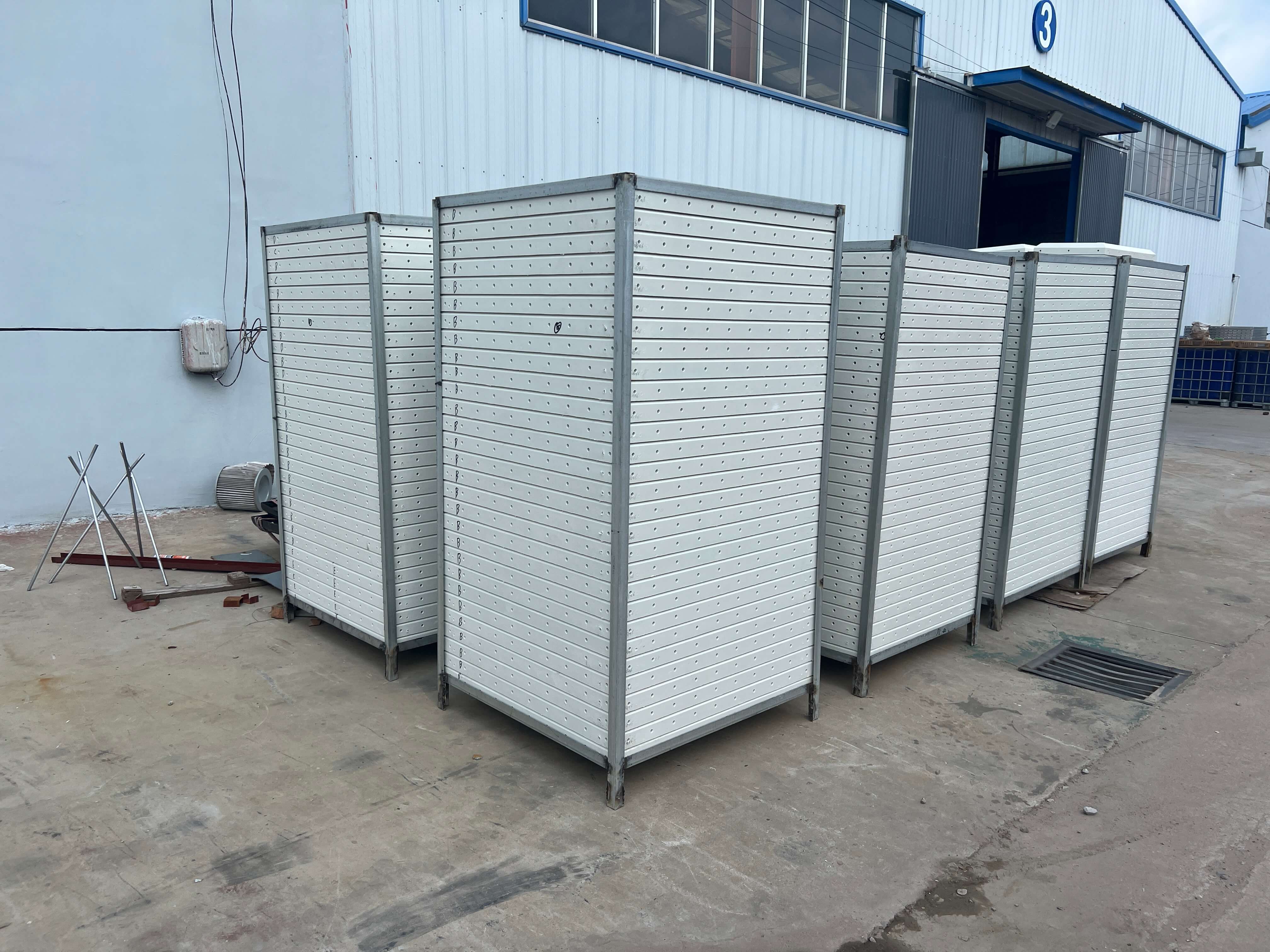Global Water Tank Industry Trends in 2025: How Do GRP & Stainless Steel Water Tanks Promote Sustainable Development?
Water Crisis and New Opportunities in the Water Storage Industry
Water Crisis and New Opportunities in the Water Storage Industry As the global population grows, cities expand, and industrial water demand rises, water shortages are becoming increasingly serious. Especially in Southeast Asia and Africa, many countries face challenges brought by backward infrastructure, aging water supply systems, and climate change.
According to the United Nations Water Resources Assessment Report, by 2030, more than 40% of the world's population may suffer from severe water shortages. To address this challenge, many countries are actively investing in modern water supply and storage infrastructure, among which GRP (glass reinforced plastic) water tanks, stainless Steel Water Tanks (Stainless Steel Water Tank), and HDG (hot-dip galvanized) water tanks are favored by the global market as efficient water storage solutions.
Three key trends in the water tank industry in 2025
1. The rise of sustainable development and environmentally friendly water tanks
With the global emphasis on ESG (environmental, social and governance) standards, many countries are promoting the construction of environmentally friendly infrastructure. GRP and stainless steel water tanks are replacing traditional plastic water tanks and concrete pools because of their non-toxic, recyclable and durable properties.
🔹 Environmental advantages of Grp Water Tanks
Low carbon emissions during the production process can meet international environmental standards.
With super corrosion resistance, it is suitable for harsh outdoor environments.
Modular design reduces construction pollution and improves installation efficiency.
🔹 Green characteristics of stainless steel water tanks
Made of 304/316 stainless steel, it can be 100% recycled and reused to reduce the impact on the environment.
Complies with NSF international food grade standards, suitable for Drinking Water Storage, ensuring water quality safety.
2. Southeast Asia & Africa market demand is accelerating
According to a Markets and Markets research report, the demand for water tanks in the Southeast Asian and African markets is expected to grow at a compound annual growth rate (CAGR) of 7.2%.
🔹 Southeast Asian market: Infrastructure upgrade drives water tank demand
Indonesia, the Philippines, Thailand and other countries are upgrading their water supply systems, driving the growth of the high-end water tank market. Benefiting from the "Belt and Road" initiative, investment in water resources projects has increased, driving the application of GRP and stainless steel water tanks.
🔹 African market: Strong demand for rural water supply and agricultural irrigation
Sub-Saharan Africa has a serious water shortage problem, and many governments are promoting rural water supply and agricultural irrigation projects.
Development Program) provide financial support, which has increased the market demand for high-quality water tanks.
3. The rise of smart water tank management systems
With the development of the Internet of Things (IoT) and smart technology, more and more companies are adopting smart water management systems to optimize water supply efficiency and improve water resource utilization.
🔹 Advantages of smart water tanks
✅ Remote monitoring: Integrate IoT sensors to monitor water level, temperature and water quality in water tanks in real time.
✅ Data analysis: Use AI algorithms to predict water use trends, optimize water supply strategies, and reduce waste.
✅ Automatic control: Smart water tanks can be connected to the municipal water supply system to automatically replenish water and improve water supply efficiency.
Future trends: It is expected that from 2025 to 2030, more and more companies will adopt smart water tanks to optimize operating costs and improve the sustainability of water resource management.














